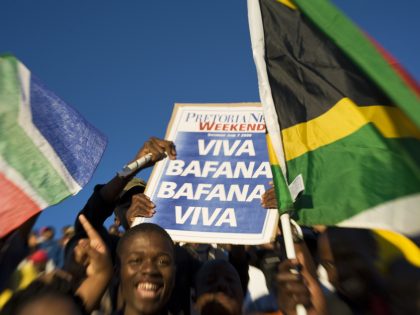Does Zimbabwe’s new Constitution live up to women’s aspirations?
This weekend, Zimbabwe held a Constitutional referendum. And so Zimbabwe enjoyed yet another 15 seconds of international press attention. Turnout was reported as low. The public was as apathetic, uninformed, and/or disinterested. And the referendum was described as important, especially for women. According to some reports, ‘women’ knew that: “Some women’s rights groups have praised the Constitution for cementing gender equality in Zimbabwe.” According to other reports, voting would “change the lives of Zimbabwe’s women.” Reporters fanned out across some of Zimbabwe and interviewed ‘women’. The women’s responses were mixed about the Constitution, but not about aspirations. The women wanted more than an end to chaos and violence. They wanted sustained and structured peace and progress. How is one to read the reports on Zimbabwean women?
Weaver Press has just published something that might help, She-murenga: The Zimbabwe Women’s Movement 1995 – 2000 by Shereen Essof.
In 2013, when Zimbabwean women talk about ending violence and creating peace, they are participating in a long history of women’s struggle and organization in Zimbabwe; a long and intense history of one step forward, two steps back, in which women organize, make advances, and then are betrayed by both the State and Civil Society.
In the context of the coverage of Saturday’s referendum, two salient points emerge in Essof’s account: the original foundation of the Women’s Alliance, and the post 2000 shifts in the women’s movements.
In 1999, Zimbabwe was undergoing another Constitutional process. Women recognized that they were being denied any serious voice in the charter processes. For example, women comprise 70% of the rural population, and somehow had nothing worthwhile to say about land rights? In June 1999, women organized the Women’s Alliance, to create an autonomous space and place for women. From the outset, the Women’s Alliance was a major intervention into the business as usual of man-to-man and masculinity-to-masculinity. When the Constitution was actually put to a vote, that intervention escalated. The Women’s Alliance launched a campaign against the Constitution and, remarkably, won.
And then were forced back two steps, by a collusion of State and Civil Society. Before the June 2000 Parliamentary elections, the Women’s Coalition had put forth a women’s charter: “It was the first time in the history of Zimbabwe that a women’s agenda had been articulated in this way.” The agenda, as the Coalition, reached across party structures, regional and generational identities, ethnic and religious communities. The agenda, as the Coalition, identified something new, the Zimbabwean citizen-as-woman. This stunning accomplishment was met with stunning violence. One step forward, two steps back.
Since 2000, the women’s movements have shifted: “By the mid-1990s one saw the disappearance of the words ‘oppression’ and ‘exploitation’, ‘patriarchy’ and ‘feminism’ from the movements’ lexicon. It is revealing when one considers the terms that seem to have replaced them: ‘gender’ and ‘mainstreaming’ (…) Feminism was constructed as too inflammatory.”
Essof concludes: “What the Women’s Coalition did was revolutionary: it placed women in a powerful political ‘space’, one that traversed organisational interests and boundaries, and one that until then they had always been reluctant to occupy and claim. (…) Now women were forced to confront the state as a political agent. Despite the contestation, the Women’s Coalition allowed women to make the leap and articulate a women’s politics based on women’s interests.”
Does a women’s politics based on women interests sound revolutionary? It is. As one of Essof’s ‘women conversants’ explains: “The women’s movement is very central to crafting a new politics, a postcolonial politics and this is very central to the vibrancy of the women’s movement, because we are overturning everything.”



















